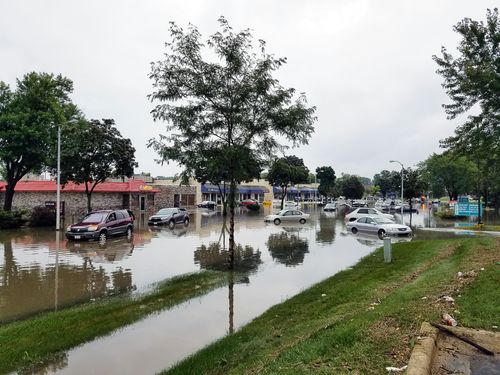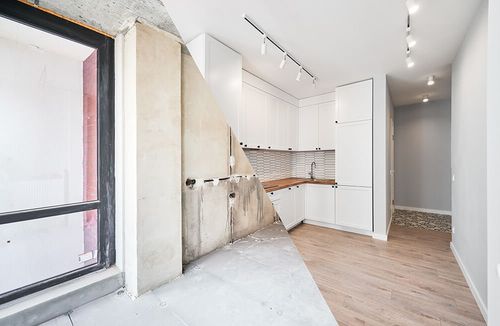Steps to Take After Your Basement Floods | Quick Guide
Last Updated: Nov 5, 2024
What to Do After Your Basement Floods
Essential Steps for Nebraska Homeowners
A flooded basement is a challenging situation, especially in Nebraska, where factors like heavy spring rains, snowmelt, and high water tables can elevate the risk. Taking the right steps quickly can help limit the damage and streamline the recovery process.
1. Make Safety a Priority
Before entering a flooded basement, ensure it’s safe:
- Turn off power to the basement if there’s standing water to avoid electrical hazards.
- Leave immediately and contact emergency services if you smell gas or see exposed wires.
- Wear protective gear, such as rubber boots and gloves, since floodwater may contain sewage or harmful bacteria.
2. Identify and Stop the Water Source
If possible, locate the source of the flooding and try to stop the flow of water:
- Inspect your home for any burst pipes or plumbing issues that may need repair.
- In areas with high water tables common to Nebraska, groundwater may continue to seep in until levels naturally lower.
- During heavy rain, check for issues with gutters, downspouts, or basement window wells, as these can channel water into your home if they’re not effectively diverting it away.
3. Begin Water Removal
Once it’s safe to proceed, start removing the water:
- For minor flooding, a wet/dry vacuum can help with initial water removal.
- For severe flooding, consider contacting a professional restoration company equipped with high-powered pumps to handle larger volumes efficiently.
Tip: Acting fast with water removal can reduce long-term damage to walls, flooring, and furniture, especially in areas prone to high humidity like the Midwest.
4. Dry Out the Basement
Properly drying the basement is crucial to prevent mold growth:
- Open windows and doors to allow fresh air circulation, if the weather permits.
- Set up fans and dehumidifiers to speed up the drying process.
- In more serious cases, renting industrial drying equipment can make a big difference in how quickly you can dry the space.
5. Check for Signs of Mold
In humid conditions, mold can start growing within 24 to 48 hours, so keep an eye out:
- Look for musty odors or discoloration on walls, floors, or stored items.
- Pay attention to allergy symptoms that seem to worsen when you’re in the basement.
- If you suspect mold, avoid disturbing it yourself, as this can release spores into the air. Consider hiring a professional for safe removal.
6. Document the Damage for Insurance
Take photos and detailed notes of the damage to help with any insurance claims:
- Capture images of affected areas, damaged belongings, and structural issues.
- Make a list of items that were damaged, especially valuable belongings, electronics, and furniture.
- Include details like water level marks on walls or furniture as evidence of the extent of the flooding.
Note: Documenting thoroughly helps streamline the insurance process, potentially speeding up claims and approvals.
7. Contact Your Insurance Provider
Get in touch with your insurance provider promptly to start the claims process:
- Report the damage and check your policy for coverage related to flood repairs and restoration.
- Ask about specific documentation requirements to ensure a smooth claims process.
8. Plan for Cleanup and Repairs
After drying and checking for mold, you can begin planning repairs and restoration:
- Replace damaged drywall, carpeting, and insulation as needed.
- For extensive repairs, consulting a professional restoration service may be wise to restore your basement to its pre-flood condition safely and effectively.
9. Prevent Future Flooding
Consider measures to protect your basement from future floods:
- Install or upgrade a sump pump to handle excess water, especially during storms.
- Add backwater valves to prevent sewer backup.
- Redirect water away from your foundation with landscaping and proper drainage solutions.
Need Help? Call for Professional Restoration
A flooded basement is a complex issue to handle alone. If you need assistance with water damage, consider reaching out to a professional restoration company. Vortex offers rapid response for water damage, with a free quote and 24/7 availability. We’re committed to helping Nebraska homeowners minimize damage and restore their homes efficiently.

